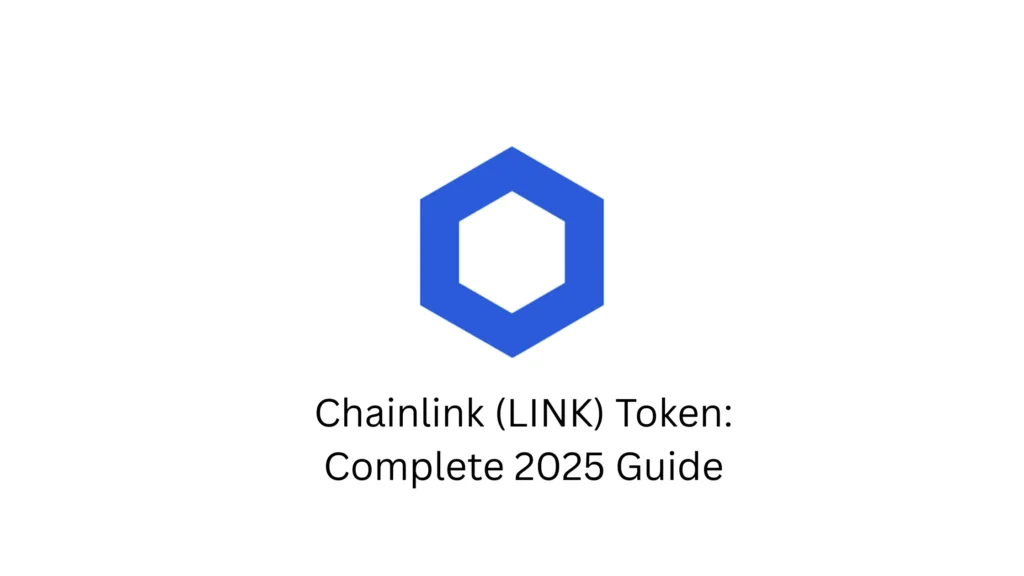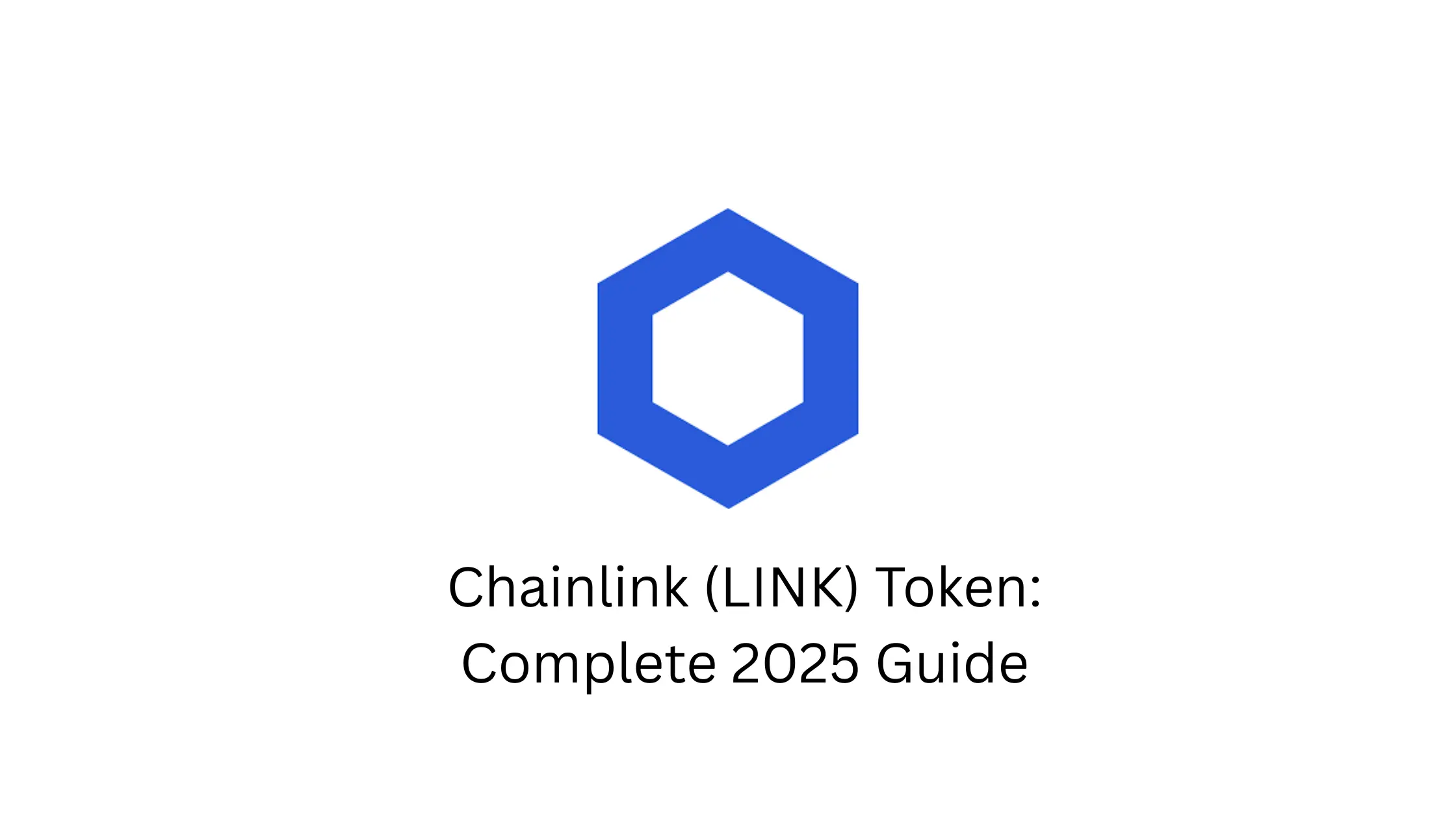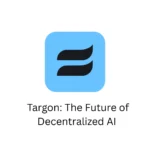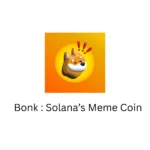Introduction
Chainlink (LINK) is the pioneering decentralized oracle network bridging smart contracts on blockchains with real-world data, APIs, and external information. Launched in 2017, Chainlink has become the industry standard for reliable, tamper-proof data feeds powering DeFi, NFTs, insurance, gaming, and enterprise blockchain solutions. This comprehensive guide explores what Chainlink is, how it works, its token economics, use cases, earning methods, and the outlook for 2025.

What Is Chainlink?
Chainlink is a decentralized oracle network designed to securely connect smart contracts with off-chain data. Since blockchains cannot access external information natively, Chainlink provides a reliable way for smart contracts to receive real-world inputs like price feeds, weather reports, event results, or payment confirmations. By distributing data requests among multiple independent oracle nodes, Chainlink ensures data accuracy and resistance to manipulation.
How Chainlink Works: Decentralized Oracle Architecture
At its core, Chainlink operates by:
- Requesting data from external sources via user smart contracts
- Assigning tasks to multiple oracle nodes for data retrieval
- Aggregating responses to validate and filter out errors or malicious data
- Delivering verified data back to the smart contract on-chain
This multi-node decentralized design eliminates single points of failure, ensures high availability, and builds trust in off-chain data feeding on-chain execution.
Chainlink (LINK) Token Overview
LINK is an ERC-20 token native to the Ethereum blockchain and serves multiple critical functions in the Chainlink ecosystem:
- Payment for oracle node operators: Users pay LINK to incentivize nodes providing reliable data and uptime.
- Collateral for node operators: Future network upgrades may require nodes to stake LINK as collateral to enhance security and reliability.
- Governance & ecosystem participation: LINK holders participate in proposals and community decisions that shape Chainlink’s development roadmap.
Key Metrics and Market Data (July 2025)
- Current Price: Approximately $7.50 to $8.50 USD
- Market Capitalization: Around $3.5 billion USD
- Circulating Supply: Roughly 500 million LINK tokens
- Maximum Supply: Fixed at 1 billion LINK tokens
- Daily Trading Volume: Between $100 million and $350 million USD
These metrics reflect Chainlink’s robust market presence and widespread adoption.
Tokenomics & Distribution
Chainlink’s token supply was pre-mined with a fixed maximum of 1 billion tokens. The initial distribution included:
- 35% sold during the ICO to fund development
- 35% allocated to the Chainlink team and advisors with vesting schedules
- 30% reserved for ecosystem growth, partnerships, and node incentives
The capped supply ensures scarcity, while ongoing token use in node payments and staking supports demand.
Chainlink Use Cases & Ecosystem Applications
Decentralized Finance (DeFi)
Chainlink powers accurate and secure price feeds that underpin lending platforms, decentralized exchanges, derivatives, and stablecoins. Its reliable oracles enable smart contracts to trigger actions based on real-time market data without intermediaries.
NFTs and Gaming
By integrating off-chain events and data, Chainlink expands NFT and gaming capabilities—for example, enabling NFTs to change attributes based on real-world events or game results verified via Chainlink oracles.
Insurance & Real-World Assets
Insurance smart contracts rely on Chainlink to validate claims based on weather data, flight delays, or other verifiable external data, automating payouts and reducing fraud.
Enterprise Blockchain Integration
Chainlink provides secure APIs and data feeds that enable enterprises to adopt blockchain technology without compromising on real-world data connectivity.
How to Earn Chainlink (LINK)
Staking & Node Operation (Upcoming)
Chainlink plans to introduce staking mechanisms where node operators lock LINK tokens as collateral to guarantee honest service. Stakers will earn rewards proportional to their reliability and data contribution.
Yield Farming & DeFi Liquidity Pools
LINK is widely available on DeFi platforms offering yield farming opportunities. Users can provide liquidity on decentralized exchanges to earn fees and bonus rewards.
Buying & Holding for Capital Gains
Many investors buy and hold LINK due to its pivotal role in blockchain infrastructure, anticipating long-term appreciation as adoption grows.
Chainlink Price Trends & Market Sentiment
LINK has experienced steady growth with occasional spikes tied to major partnerships, upgrades like Chainlink 2.0, or increased DeFi usage. Price typically fluctuates between $7 and $9 but may break out with wider blockchain adoption and staking implementation.
Risks & Considerations
- Network Dependency: LINK’s value is tightly coupled with Chainlink’s adoption. Competing oracle projects may impact market share.
- Regulatory Challenges: Evolving crypto regulations could affect Chainlink’s operation or token liquidity.
- Market Volatility: As a crypto asset, LINK is subject to sharp price swings, especially during bearish market phases.
Frequently Asked Questions (FAQs)
What is Chainlink?
Chainlink is a decentralized oracle network that connects blockchains to real-world data sources securely and reliably.
What is LINK token used for?
LINK pays oracle nodes for providing data and will serve as staking collateral to ensure honest operation.
How can I earn LINK?
Earn LINK by running a node (when staking launches), yield farming on DeFi platforms, or trading.
Is LINK deflationary?
No, LINK has a fixed max supply but no native burn mechanisms.
Where can I buy LINK?
LINK is listed on almost every major centralized and decentralized exchange worldwide.
Conclusion
Chainlink (LINK) stands as a critical pillar of blockchain interoperability, bridging the gap between on-chain smart contracts and off-chain data. Its decentralized oracle network has become indispensable to DeFi, NFTs, enterprise solutions, and more. As the blockchain space matures in 2025, Chainlink’s innovative upgrades and staking rollout position it for continued relevance and growth. For investors, developers, and blockchain enthusiasts, LINK represents both a powerful tool and a strategic long-term asset.




